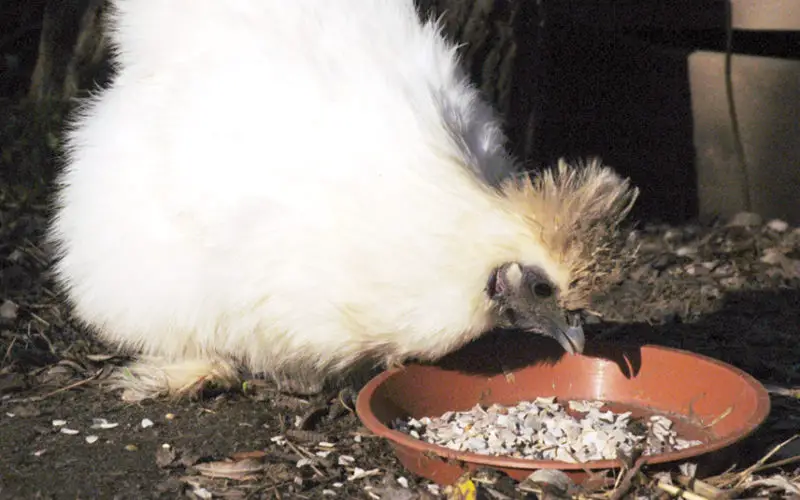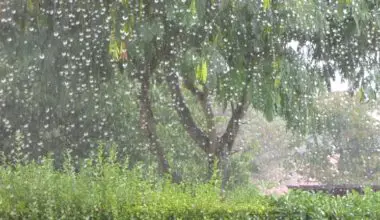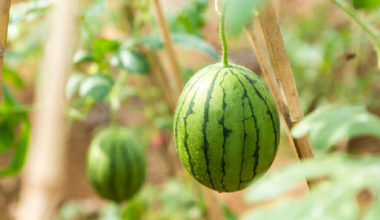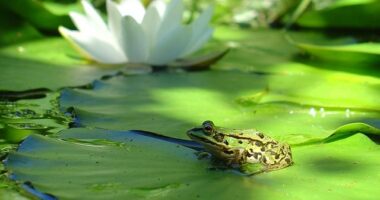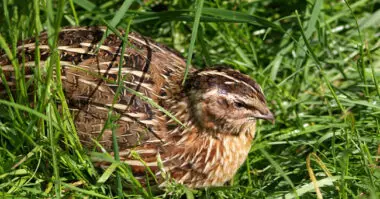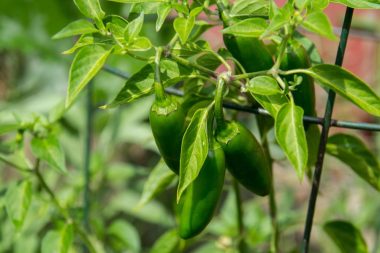When chickens are in a limited enclosure, the grass is often lacking in late summer, and with the first rains it is a real mud field. Short-legged hens or those with feathers on their legs get dirty, and it becomes complicated to get to the coop! With a little landscaping and mulch on the ground, your run should become more walkable, but why not give your chickens a little more space?
Contents
What is horticultural grit?
Horticultural grit, similar to gravel, is a seed mixture, which is very important for the development of your chickens. It is often advisable to add powdered charcoal, oyster shells and pinches of bone powder to the composition of the horticultural grit.
Composition of the horticultural grit
River sand with grains of no more than 4 to 5 mm that you can scatter on the ground. (Quarry sand often contains pollutants).
In a horticultural grit box you can add to the sand, powdered charcoal and crushed oyster shells and a few pinches of bone powder.
This box is placed under an awning to protect it from the rain. Sand is essential, as it is resistant to digestive juices. The horticultural grit is more quickly dissolved.
Why is it important to feed horticultural grit to chickens?
Horticultural grit for chickens is often available in stores. This mixture of gizzard gravel, oyster shells and shells is important for your chickens. The horticultural grit has three functions to improve the health and performance of your chickens.
For chickens, for example, the ingestion of grit is a physiological need, as it is essential for the grinding of seeds in the gizzard.
These gravels are ingested while searching for food on the run. They are stored in the gizzard until they are used up.
It is easy to understand that on a small course the resource is reduced. It is then necessary to add some in a horticultural grit box or to spread some on the ground from time to time. (Be careful not to confuse with the dust box)
1. Chickens do not have teeth
Horticultural grit is necessary for the digestion of food. Chickens do not have teeth, which means that the grain arrives whole in the hen’s stomach. The horticultural grit for hens makes it very easy to crush the grain and pellets in the hen’s stomach. This makes it easier for the hen’s body to digest the feed and remove all the positive substances.
2. For strong bones (source of calcium)
Horticultural grit is a source of calcium. Calcium is necessary for the formation and maintenance of bones. Feeding horticultural grit to your chickens will improve the quality of their bones.
3. To avoid unshelled eggs
Do you have a hen that lays eggs with very fragile shells? Or even lays eggs without shells? Then a good source of calcium is needed to support eggshell production. Horticultural grit is the ideal source of calcium to help your hens produce strong eggshells.
Summary
A good mixture of horticultural grit is therefore very important for your chickens. An enriched horticultural grit mixture from Versele-Laga is currently also available on the market. This horticultural grit has been enriched with a mineral source, namely red stone. In addition to the red stone, the mixture also contains vitamin granules. These granules improve the general health of the animal by supplementing it with vitamins, amino acids and minerals.
